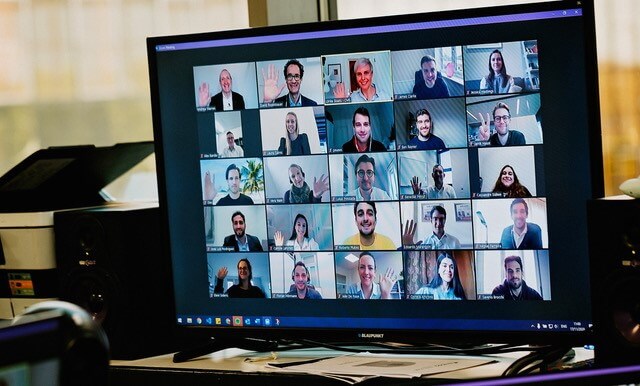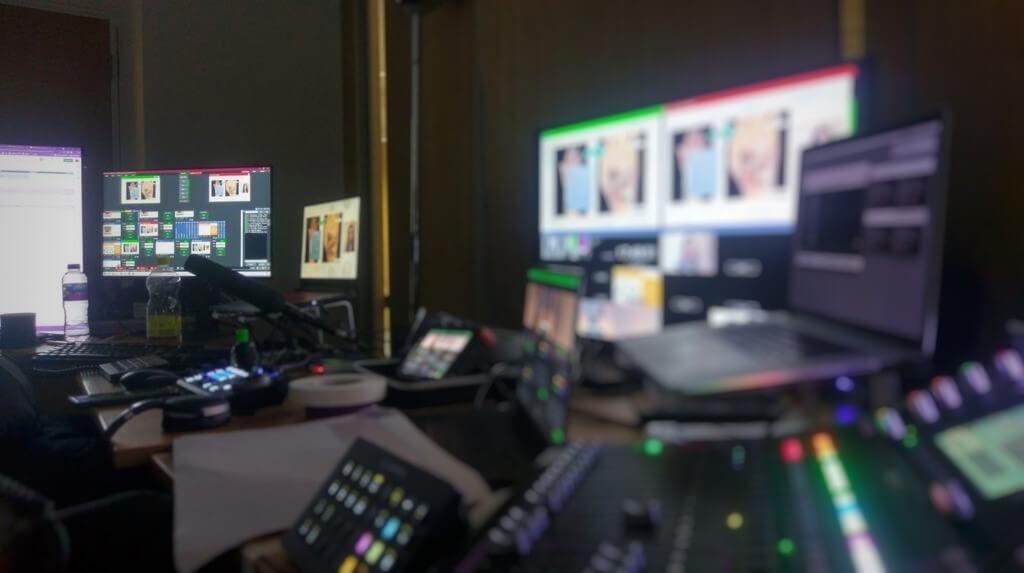Livestreaming is a key consideration when planning an event and giving delegates the option of participating remotely is now expected at many conferences and trade shows.
Whether an event is entirely virtual or in a hybrid format, livestreaming can help businesses to reach a much wider audience, enabling attendees to participate from anywhere in the world. Livestreaming an event also offers delegates greater flexibility, with those attending virtually spending less time travelling to conference venues, which is better for the environment too.
If you’re planning to livestream your next event, here’s our insider’s guide on how to make sure it runs smoothly:
- Plan your Event Meticulously
All successful events begin with careful planning. Start with outlining your event goals and defining your audience before developing a content plan. If your event is entirely virtual, make sure the content is both relevant to your audience and engaging enough to hold their interest. Remember, it can be more difficult to keep the attention of a remote audience than a room full of people so consider creating specific content tailored to suit those who are attending virtually.
When planning a virtual or hybrid event, don’t forget to incorporate interactive elements to help build a connection with remote attendees and try to keep presentations short. There are many ways to encourage remote audiences to participate from building-in gamification, inviting questions or even running a simple poll.
If you’re working with a professional livestreaming partner, involving them in the early stages means they can bring expertise to the planning process and provide support with creating engaging content.
- Invest in the Right Event Tech
Since the pandemic, livestreaming has gone from a niche marketing trend to mainstream and the expectations of anyone attending a virtual event are higher than ever so it’s vital to get the technical delivery right.
High end production with multi-camera angles and a bespoke set can make a virtual event appear more like a TV show, elevating the look and feel of your livestream. Event tech has come a long way in recent years and it’s becoming increasingly common to livestream virtual events from a green screen studio, with a professional VR backdrop to take the audience experience up a level.
If you don’t have the luxury of working with a professional livestreaming partner who can provide all the latest tech, investing in the best equipment possible is a must, particularly when it comes to microphones and lighting. Wireless microphones, a decent camera and a tripod are strongly recommended tools for livestreaming an event.
- Choose a Suitable Livestreaming Platform for your Event
Selecting a livestreaming platform can be a tough decision with so many options available, yet the software you choose can have a huge impact on the quality of your event and the overall audience experience.
As event platforms become increasingly sophisticated, many provide a wide range of useful features to support everything from driving engagement and facilitating networking to tracking and analytics.
While Zoom and Microsoft Teams may be suited to certain types of events, large-scale conferences may require platforms with a wider suite of features. Look out for those offering custom branding and themes to help give attendees a high quality experience from start to finish. Multi-speaker sessions, speaker rehearsals and analytics are also useful tools for conferences and business events.
Consider platforms that can help drive engagement and facilitate networking opportunities through virtual booths, one-to-one live video chat and gamification features. Event registration with automated email follow-up as well as an option to record and download event content can also be extremely valuable.
Ultimately, finding the right platform depends on the requirements of each individual event so always do your research before committing.
- Promote your Livestream to Help Drive Registrations
There are many ways to encourage people to sign up to attend an event virtually from promoting it across your social and digital channels to sending email invitations to your target audience.
If your event is supported by partners and sponsors or there are guest speakers on the line-up, don’t be afraid to ask them to promote the livestream through their own communications channels too.
- Schedule Time to Rehearse
Always factor in time for rehearsals to minimise the possibility of anything going wrong during your livestream. A full run through in advance allows speakers to rehearse, while you to take the opportunity to make essential technical checks and ensure there is a good level of connectivity before your livestream begins.
Remember, it’s vital to have a back-up plan in place, in case of any unexpected glitches on the day.
- Monitor the Livestream and Chat
Once your event begins, it’s important to assign a member of the delivery team with the task of monitoring the livestream and keeping an eye on the chat. During live Q&A sessions, make sure you select the most appropriate questions from remote attendees and feed them through to the panel or event speaker to be addressed.
- Maximise ROI by Re-purposing Event Content
Virtual and hybrid events are jam-packed with valuable content, which can be re-purposed for digital communications channels. Consider editing content to create an event highlights video or why not produce a series of short clips for your social media channels? Event content can also be turned into a podcast, an infographic or a blog to help reach a wider audience.
Working with a technical delivery partner can really take the pressure off event organisers and marketers when it comes to livestreaming an event. The senior team at Virtuopo has been livestreaming for over a decade so if you’re looking for high quality professional production, we can help you to deliver an event that will be memorable for all the right reasons.
Find out more on how Virtuopo can help your business with live streaming events by contacting us on 0151 662 0275 or email info@virtuopo.com.





